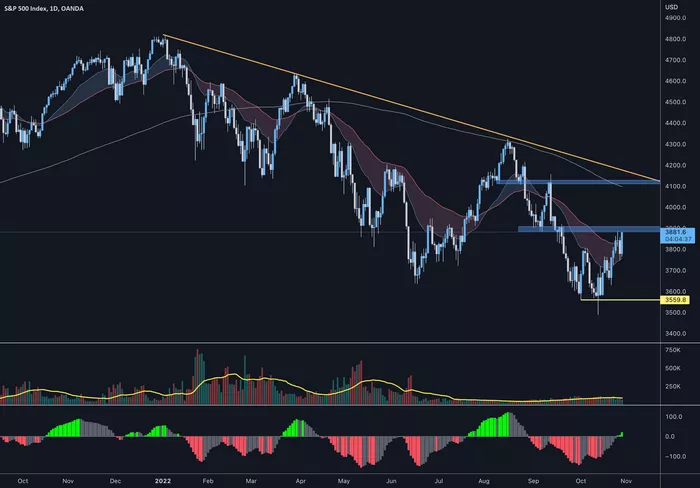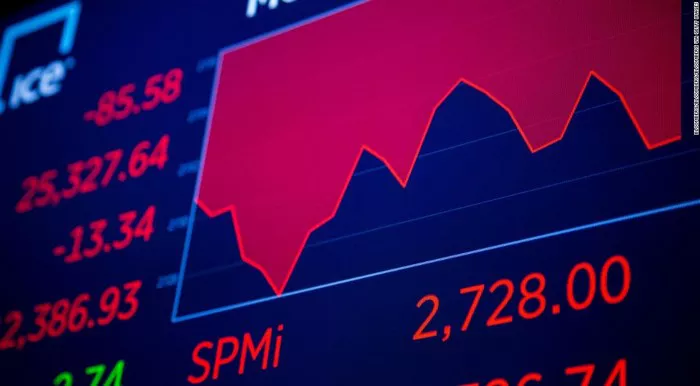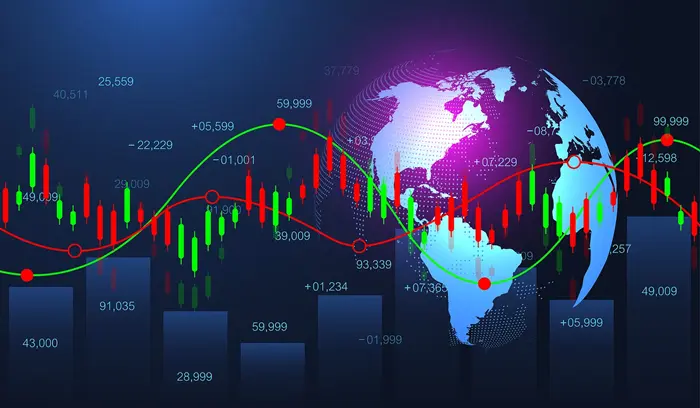Options traders are predicting significant movement in the stock market on April 2, as President Donald Trump prepares for what he calls “tariff liberation day.” According to options data analyzed by JPMorgan’s equity derivative strategists, the S&P 500 is expected to move by as much as 1.6% in response to tariff announcements. Meanwhile, the Nasdaq 100 and Russell 2000 could see moves of 1.8% and 2.1%, respectively.
Market Reactions to Tariff Announcement
The tariff announcement, expected from the White House at 4:00 p.m. ET on Wednesday, has investors on edge. While there is potential for a downside move that could bring the S&P 500 back to its 2025 lows, analysts are not entirely convinced that such a large swing will materialize. They note that implied moves in equity indices and U.S. Treasuries have often been higher than actual movements in the past during tariff escalation announcements.
Tariff Plans and Investor Uncertainty
President Trump has promised to implement a series of reciprocal tariffs aimed at countries he deems to be unfair trading partners with the U.S. Markets have been volatile as investors attempt to assess the severity of these upcoming tariffs. Mixed signals from the White House have added to the uncertainty, leaving investors unsure whether the tariffs will be lenient or severe.
Recent Market Trends and Investor Sentiment
The ongoing tariff uncertainty has contributed to a sell-off in the markets since mid-February, with the S&P 500 falling by 2.7% in the final week of March. Despite this, options trading data from Barclays suggests that U.S. investors are not overly concerned. Volatility in materials stocks was at a multi-year low, signaling that options traders were not expecting significant negative consequences from the tariffs.
European Markets and Increased Vulnerability
While U.S. investors seem relatively unconcerned, Barclays analysts noted increased options activity on European indices, particularly the Euro Stoxx 50. Derivatives on the index are implying a 1.6% move on Wednesday, indicating greater vulnerability for European equities to the tariff announcements. This is particularly notable given Europe’s recent strong market performance.
As traders watch closely, the outcome of “tariff liberation day” could have far-reaching effects on both U.S. and European markets.
Related topics:


























